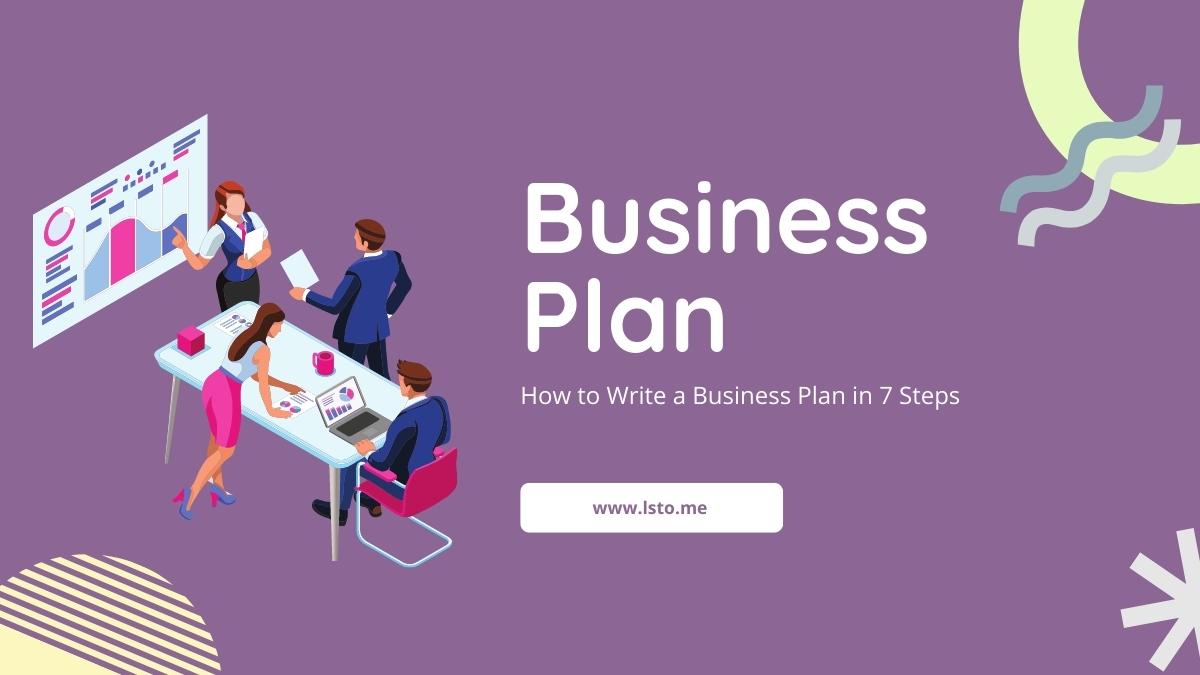
A business plan is a formal document that outlines the goals and objectives of a business. It includes a detailed description of the business, its products and services, the market it operates in, and the competitive landscape. The business plan also outlines the financial projections and strategies for how the business will achieve its goals.
Why do you need a business plan? A business plan is essential for any business, whether you’re just starting out or have been in operation for many years. It provides a roadmap for your business and helps to keep you on track as you work towards your goals. It also serves as a valuable tool for communicating with potential investors, partners, and customers.
1. Do Your Research
When you are ready to start your own business, the first step is to do your research. This will help you create a business plan that will give you the best chance for success.
There are many resources available to help you with your research. The Small Business Administration is a great place to start. They have a wealth of information on their website and can help you get started on the right foot.
Another great resource is your local Chamber of Commerce. They can provide you with information on businesses in your area and can also help connect you with other business owners who can offer advice and support.
2. Define Your Business and Your Goals
Every business needs a plan in order to be successful. This step will help you to understand what your business is and what goals you need to set in order to achieve success.
Start by understanding what your business does. What products or services do you offer? Who is your target market? What are your unique selling points? Once you have a good understanding of your business, you can start setting goals.
Your goals should be specific, measurable, achievable, relevant, and time-bound. In other words, they should be SMART goals. An example of a SMART goal for a business might be “to increase sales by 20% within the next 6 months”.
Remember, your goals need to be realistic in order for you to achieve them.
3. Write an Executive Summary
If you’re looking to write a business plan, the third step is to write an executive summary. This summary should be a brief overview of your company’s history, current status, and future goals. It’s important to keep the executive summary concise and free of any fluff or filler material. Stick to the facts and be sure to highlight what makes your business unique. With a well-written executive summary, you’ll be able to give potential investors a clear picture of your business and what it has to offer.
4. Outline Your Products or Services
If you want to start a business, you need to have a business plan. This document will outline your products or services, and how you plan on making money.
Your business plan should include a market analysis, which is a study of the target market for your product or service. This will help you determine who your customers are and what needs they have.
You should also describe your marketing strategy, which is how you plan on reaching your target market. This could include advertising, public relations, and online marketing.
Finally, your business plan should detail your financial projections. This includes how much money you think you’ll make and how much it will cost to get started.
5. Create a Marketing Plan
If you’ve completed Steps 1-4 in our business plan guide, you should have all the information you need to create a marketing plan. Here’s what to do in Step 5:
- Write down your marketing goals. What do you want to achieve with your marketing? More sales, more brand awareness, etc.
- Create a budget for your marketing activities. How much can you afford to spend on marketing each month or year?
- Develop a promotional mix that will help you achieve your goals. This could include things like online advertising, PR, events, etc.
- Create a timeline for your marketing activities. When will you launch each campaign or initiative?
- Measure and track your results so you can see what’s working and what’s not.
6. Describe Your Sales and Distribution Strategy
If you’re selling products or services, you need to have a sales and distribution strategy. This is step 6 in writing your business plan.
Your sales and distribution strategy should include:
- How you will sell your product or service (online, in person, through a distributor)
- How you will price your product or service
- How you will get your product or service to your customers (shipping, delivery)
- What methods you will use to promote and advertise your product or service (social media, print ads, word of mouth)
7. Develop a Financial Plan
As a business owner, you need to have a clear understanding of your finances. This includes knowing how much money you have coming in, what your expenses are, and having a plan for unexpected costs.
Developing a financial plan is an important step in ensuring the success of your business. By creating a budget and tracking your spending, you can make sure that your business is on track financially.
There are a few key things to keep in mind when developing your financial plan:
- Know your income and expenses. This includes all sources of income, as well as all fixed and variable expenses.
- Have a realistic view of your finances. Don’t underestimate your costs or over-inflate your income projections.
- Make sure you have enough cash on hand to cover unexpected costs.
Conclusion:
A business plan is a necessary tool for any business, big or small. By following these seven steps, you can be sure to create a comprehensive and effective business plan. With a well-thought-out business plan, you’ll be on your way to achieving your business goals.




